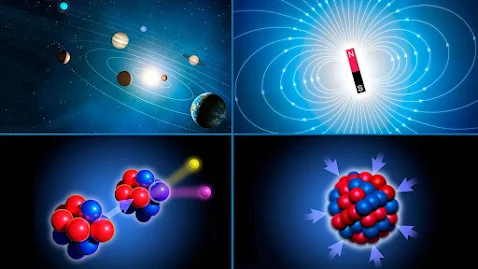Introduction: The Jurassic World:
The extinction of the dinosaurs remains a deep mystery. This historical voyage looks into the interesting subject of the dinosaur extinction, uncovering fascinating information and a wealth of archaeological evidence related to the mysterious extinction of these amazing species.
 |
| Dinosaurs in Jurassic Period. |
The Rise and Fall of the Dinosaurs:
During the Mesozoic Era, dinosaurs first appeared and ruled the earth for millions of years. They changed over time, becoming anything from the massive Brachiosaurus to the speedy Velociraptor. They evolved in many habitats throughout thousands of years, affecting the path of evolution.
But disaster came at the end of the Jurassic Period, some 66 million years ago. A fatal extinction caused by a terrible disaster eliminated many other species in addition to dinosaurs. The change that occurred between the Mesozoic and Cenozoic Eras was signalled by this event, which also cleared the way for the creation of mammals.
Theories of Extinction:
Among the many ideas that explain why dinosaurs became extinct, two have received a lot of attention.
Asteroid Impact:
The most well-known idea suggests that Earth was struck by a huge asteroid or comet that caused widespread destruction. Massive amounts of energy would have been released by this impact, resulting in the destabilisation of the food chain, wildfires, tsunamis, and a nuclear winter-like state as dust and debris blanketed the sky and blocked sunlight.
Volcanic Activity:
Another convincing argument argues that the extinction of dinosaurs was mostly caused by volcanic eruptions, especially those of the Deccan Traps in modern-day India. Large amounts of greenhouse gases would have been emitted during these eruptions, causing environmental disturbance and climate change.
Scientists are still deeply divided about the exact order of events and how they contributed to the extinction disasters.
 |
| Tyrannosaurus rex (T. rex) went extinct around 65 million years ago. |
Curious Archaeological Finds:
Secrets into the past are provided by archaeological finds, such as fossilised bones and geological data that provide light on the mystery surrounding the demise of the dinosaurs.
Chicxulub Crater:
Buried beneath Mexico's Yucatán Peninsula, the Chicxulub crater is one of the most significant pieces of evidence in support of the asteroid impact idea. This massive crater, which is over 180 km in diameter and was discovered in the 1970s, is dated to around 66 million years ago, which matches with the period of the extinction disasters.
Fossil Record:
The record of fossils documents the wide range of dinosaur species that once roamed the earth, providing an understanding of life before to the extinction disasters. By analysing these fossils, one may learn more about the anatomy, behaviour, and ecological functions of these prehistoric beings and get insight into their environment.
 |
| Asteroid impact, Volcanic activity are the causes that how Dinosaurs are extinction. |
Geochemical study:
Exceptions related to asteroid impacts and volcanic activity in the late Cretaceous have been found by geochemical study of sediment layers. The trace elements and geochemical traces provide important hints regarding the environmental conditions and probably catastrophic events that led to the extinction disasters.
Conclusion: Solving the Mystery:
Scientists are still fascinated by the mysterious surrounding the eventual extinction of dinosaurs, which motivates investigation and study. Although hypotheses such as volcanic activity and asteroid impact theories exist, the actual origin is still unknown. Each archaeological find that reveals more about Earth's past helps us to solve this puzzle and highlights the strength and danger of life on our planet...
“All the explanations proposed seem to be only partly satisfactory. They range from massive climatic change to mammalian predation to the extinction of a plant with apparent laxative properties, in which case the dinosaurs died of constipation.”
---CARL SAGAN.







































